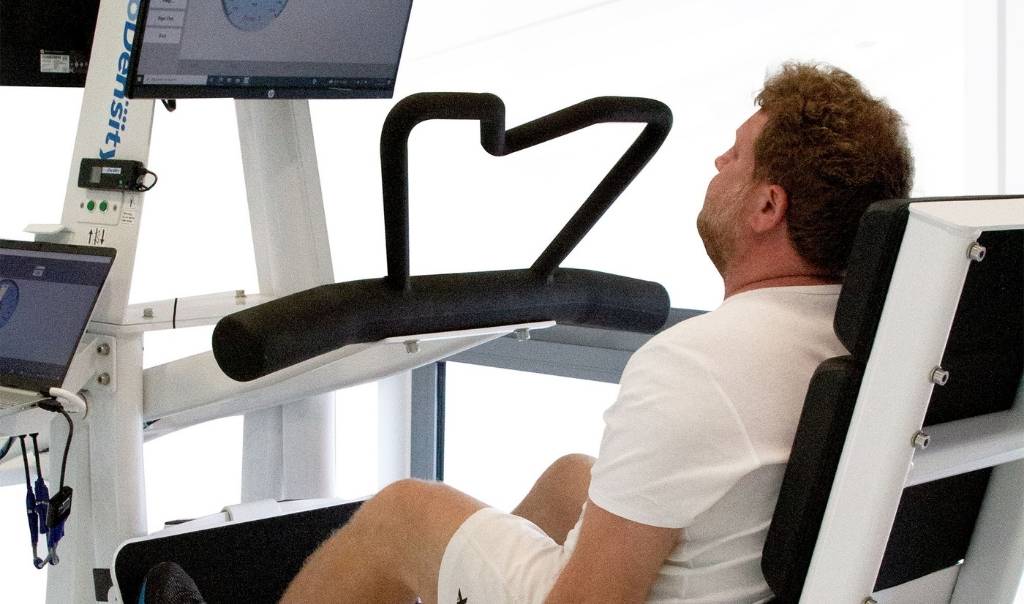What do you need to know about Osteoporosis as you age?

The literal meaning of Osteoporosis is porous bone. If a person has Osteoporosis, the inside of their bone structure becomes extremely thin and weak. Even the slightest bump or a minor fall may cause a significant fracture. There can be a damage cost to any part of the skeleton. The hip, spine, and wrist fractures are the most common examples.
It is essential to keep your bones strong irrespective of your age. However, when you cross the age of 50, your priority should be able to maintain a fracture-proof bone structure or increase bone density. Currently, every alternative woman and at least one out of five men suffer from the most painful fractures due to Osteoporosis.
The good news is that you can prevent this problem, but all you need to do is maintain your lifestyle and listen to what your doctor tells you. Then, with all the due treatment and precautions, you can increase bone density. Besides, a good lifestyle can increase a person’s independence, and their risk of dying due to any medical complications will be less.
What are the most common causes and risk factors of Osteoporosis?
Because female bones are typically thinner and less thick than male bones, the risk of osteopenia and Osteoporosis, the former is when low bone density is yet to reach the osteoporosis range. It is higher in women. When levels of bone-building estrogen drop during menopause, the risk increases. Men, too, are at risk. For both sexes, a family history of osteoporosis-related fractures increases the risk.
Certain medical disorders and the side effects of medications and other therapies can jeopardize bone strength. Some examples include overactive thyroid or parathyroid glands, chronic lung illness, cancer, endometriosis, vitamin D insufficiency, and drugs like prednisone.
The following are some of the conditions that result in risk factors:
- Low consumption of protein, potassium, vitamin D, or calcium.
- Lack of activity.
- Alcohol overuse.
- Long-term usage of certain medications.
- Eating disorders lead to a reduction in body weight.
- Decreasing levels of testosterone for men and estrogen in women.
How to prevent Osteoporosis as you age?
Consume an ample amount of Calcium.
According to experts, consuming enough calcium will eventually reduce any risk of bone fracture. However, one should ensure not to go beyond the prescribed consumption limit. Besides consuming calcium-rich foods, making protein and magnesium-rich foods a part of your daily diet is also essential. Of course, there are good supplements if you cannot meet the required calcium level in your body.
Consumption of Vitamin D is critical.
Calcium absorption and assimilation into your bones are aided by adequate vitamin D intake. The current recommended is 600 IU of vitamin D per day until you are 70 and 800 IU after that. After that, however, some people may require more vitamin D to achieve adequate blood levels. Because it’s challenging to receive all of it from food every day, you might need to take a vitamin D supplement to meet these targets.
Make space for Protein and Potassium.
Calcium metabolism is improved by potassium. Adults require 4,700 mg per day. However, most people don’t get enough. This mineral is found in acorn squash, bananas, lima beans, orange juice, potatoes, prunes, raisins, spinach, and tomato juice, among other fruits and vegetables. Make sure you get adequate protein. Protein is crucial for solid bones since bones are made up of interlocking protein strands with minerals and calcium linked. Protein has also been shown to aid bone repair in some studies.
Reduce your alcohol and caffeine intake.
If you want to learn ways to increase bone density in your body, reducing your alcohol and caffeine intake is one of the best ways.
Using bioDensity is an excellent option.
If you want to increase bone density in your body, note that BioDensity is built to strengthen the muscular-skeletal system and enhance bone health. BioDensity provides osteogenic loading activities that are low-impact and high-intensity. It is proven to be effective, safe, and effective.
How can bioDensity help improve the musculoskeletal conditions?
For people who need to enhance bone mass and muscle strength without the risk of conventional exercise, bioDensity offers the best preventative and conditioning exercise solution. It’s a non-drug approach for improving strength, bone density, and musculoskeletal system regulation.
To perform traditional resistance training, you must pick up a weight or move a bar attached to a weight stack and apply force to the body. There is a possibility of injury during the range of motion. But with bioDensity stimulation, you create the load. So, no matter how hard you exercise, the weight you carry is never more than it should be. Moreover, the bioDensity process takes about ten minutes to complete.
Its solution provides thorough muscle and skeletal stimulation and precise performance measurement that no other known form of exercise can match.

